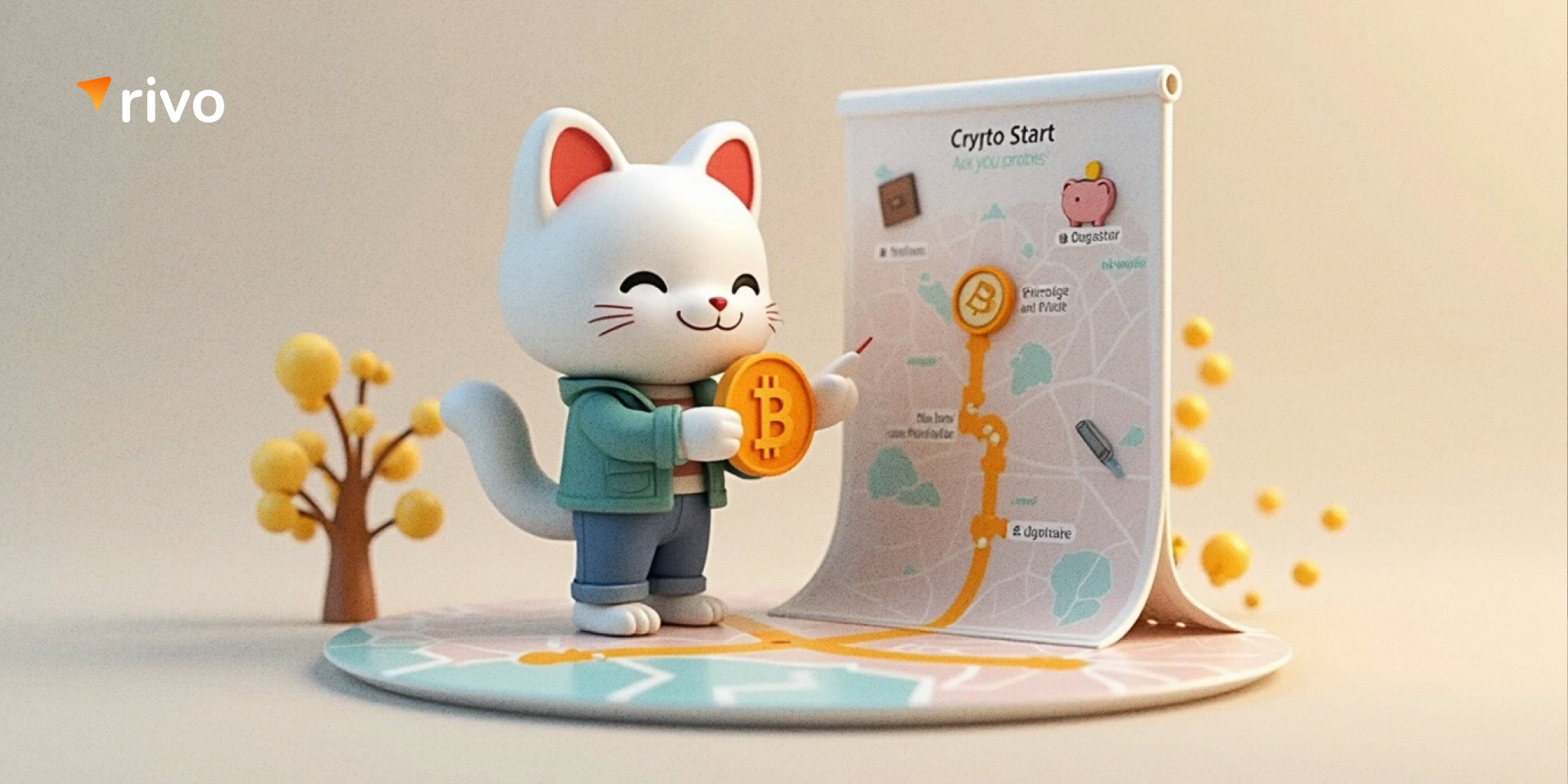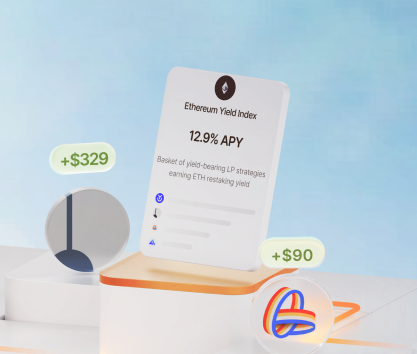The current market capitalization of the crypto market is close to $2.68 trillion. While it is down compared to the ATH achieved in December when the mcap of the whole ecosystem went to $3.8 trillion, it is still a massive number, indicating a high level of interest in digital assets from individual and institutional investors.
Among many crypto enthusiasts, the idea that we are all still early is quite prevalent. The crypto market has matured a lot since its inception. However, it is still a very novel concept to many people who are wondering how to get into crypto and start making money.
Do not take any information in this article as financial advice, but remember that it is hugely important to take chances at opportune moments. It is possible that we are living in a unique moment in time when proactive adopters can make a fortune if they make correct decisions.
Beginner’s guide to cryptocurrency
A brief journey through history will show you that the crypto market, as it exists today, did not form until the introduction of the first centralized exchanges. The pioneer in this particular sector was Bitcoinmarket.com, but it was soon overshadowed by bigger names like Mt. Gox and others. Currently, the biggest CEX is Binance with its 34.7% market share (as of the time of writing).
Decentralized finance also did not exist as a functional ecosystem until the arrival of Ethereum and, later, its Ethereum Virtual Machine. Today, the DeFi ecosystem has over 14 thousand tracked protocols operating across over 110 chains. The vast majority of financial Dapps are concentrated on the Ethereum mainnet and its layer-2 networks, accounting for 51.6% of the combined TVL.
All newcomers to this industry must know several important things about it:
- All cryptocurrencies are inherently speculative and highly volatile.
- Technological risks are substantial and should always be considered when evaluating projects.
- You must dedicate some time and resources to learning how to work with novel blockchain tech.
- Regulatory frameworks are underdeveloped, and the DeFi sector does not have consumer protection.
These are some of the most significant risks that you should contemplate when thinking about entering the crypto market. Only a handful of coins have a solid historical track record and all-time returns, with Bitcoin leading the pack (over 37,000% return since 2008).
Buying crypto step-by-step
When cryptocurrencies were in the earliest stages of development and maturation, the vast majority of trading happened on P2P trading platforms, including some forums and online communities. Today, the bulk of purchasing happens on centralized exchanges. Since you need to have some crypto to start trading on decentralized platforms, CEXes and P2P platforms act as entry points for newcomers.
Close to 34% of all non-investors believe that difficult onboarding is the biggest entry barrier. However, modern wallets and CEXes are very user-friendly and can be used by all retail traders and individual investors.
Here are the steps you need to take to get started:
- Choose the right network to work with (Bitcoin, Ethereum, Tron, etc.).
- Download a compatible multi-chain wallet to simplify the wallet address creation process.
- Create a new wallet address for the network of your choice.
- Head to a reliable centralized exchange (Binance, Coinbase, KuCoin, and many others work).
- Top up your balance, make a purchase, and withdraw coins to your wallet address.
You don’t need to do anything more than that. However, it is important to think about secure crypto storage. The best choice is a cold wallet address without any connection to the internet, except for your wallets that are used for day-to-day financial activities. Using hardware wallets can be a viable option too. Trezor and Ledger Nano are great products with excellent track records.
After purchasing tokens, you have to decide what to do next. While the vast majority of Bitcoin enthusiasts will encourage you to put all investable capital into BTC and hold it for the foreseeable future, it can be a better idea to allocate capital to various decentralized protocols. DEXes, lending, and liquid staking are hugely popular targets for DeFi investors.
The best exchanges for beginners
Making your first purchase can be scary for many newbies. The lack of experience and confidence can be detrimental when you try to find the right place to get started with crypto trading. We will give you several good options if you are interested in exchanging fiat for crypto.
- Binance is the biggest CEX with a 34.7% market share by trading volume. The spot volume reached over $1 trillion in December 2024. It is a great choice for international retail traders who want to work with a reliable platform. Avoiding crypto scams is crucial, so choosing CEX from the list of most popular platforms is a good idea. Binance has a variety of other products that may interest newcomers.
- Crypto.com is another huge CEX with a massive 11.2% market share and over $320 billion in monthly spot volume. This is one of the most valuable brands in the crypto industry. The company supports a wide range of social initiatives, sports teams, and athletes. It is a great choice for people who are interested in large volume trading and using derivatives.
- Upbit is the third-largest CEX in the world with a solid 9.8% market share and close to $290 billion in spot volume. It has been holding to its prestigious spot in the ranking for quite a while. It is a reliable destination for newcomers. The UX/UI is also great. You can use the mobile app to access the platform without any issues.
These are great entries to the decentralized finance ecosystem. DeFi for new investors can be complicated, but it is relatively easy to get started on a centralized platform that has been diligently working to deliver a smooth consumer experience. You can make a purchase on one of these trustworthy CEXes and quickly move funds to the DeFi ecosystem.
These platforms also offer a wide range of educational materials that you can effortlessly access. Binance Academy, Upbit’s Learn and Earn, and other programs for those who want to study the crypto market should not be ignored.
The future of crypto adoption
It is important to master these instruments and platforms now. While it seems that the hype train is long gone, the truth is that the crypto market will continue growing simply as a hedge against fiat inflation and the global economic uncertainty. You don’t have to invest everything you own in digital assets. However, making room in your portfolio for some coins and DeFi investments is a good idea.
When it comes to selecting the right crypto investment strategies, it is crucial to work with platforms that can ease your journey through the world of DeFi. Rivo is a great destination for newcomers to the decentralized finance ecosystem. Here, you can choose from a rich catalog of strategies selected by experienced professionals and verified by trained specialists.
You can talk to the versatile Maneki AI virtual assistant to define preferences and risk levels. Then, it will suggest the most suitable options from the list of strategies that have been meticulously researched and vetted by experts!









